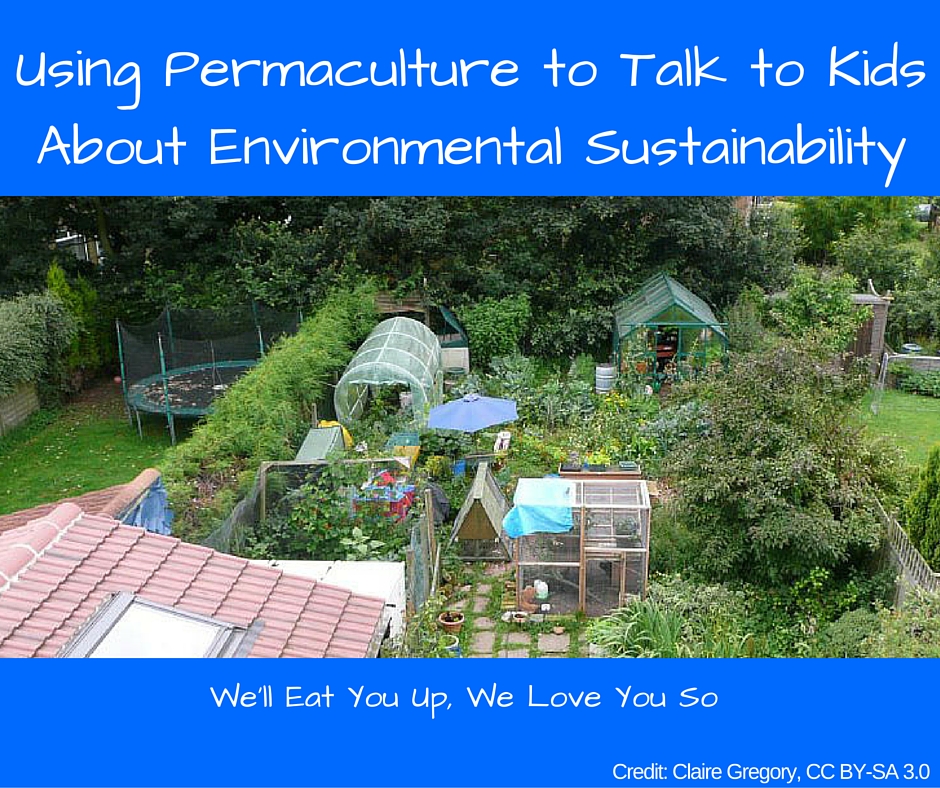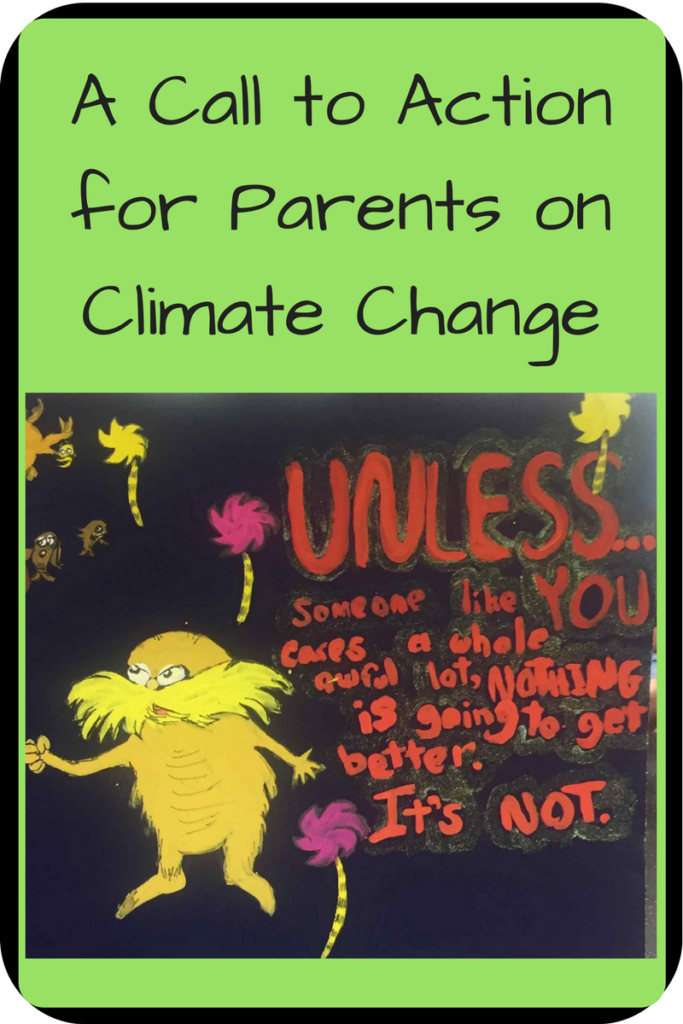It’s Earth Week – my favorite secular holiday! For an environmentalist, Earth Day is every day, but it’s still nice to recognize it. This week, my posts are all going to be on how to engage kids on environmental issues, from how to talk about climate change to fun activities that can spark long-term change.

Communicating about environmental sustainability is astonishingly hard; inspiring people to take action is even harder. In fact, I spend a good deal of my professional career contemplating how to do this effectively. Add kids into the mix, with their limited knowledge of science and ability to handle “big issues,” and it seems near-impossible. Kim Payne of Simplicity Parenting actually holds climate change up as topic we simply shouldn’t discuss it with children because it’s too stressful.
Unsurprisingly, I disagree. We have an obligation to teach kids about climate change and other environmental issues, if only because they’ll be ones who have to deal with this crap in the future. Plus, there are plenty of kids who want to know about them and like with sex ed, it’s better to give them good information than misinformation. I’ve been an activist since my elementary school self dog-eared a copy of 50 Simple Things Kids Can Do to Save the Earth and I came out okay. (Right?) But Payne is correct that we often discuss climate change in ways that are disempowering and frankly, scary, for kids.
Instead, I recommend using permaculture as way to discuss sustainability. While permaculture has its roots (ha) in agriculture, it’s actually much broader. Essentially, it looks to structure how we live around ecological principles, helping us work with, not against, nature. It is based on three major principles: care for the earth, care for people, and return of surplus back to the system to meet the needs of the earth and people. I’ve been a fan of permaculture since I moved to D.C. and started volunteering with a Transition Towns group, a movement based on the idea of applying permaculture to entire communities. I learned more about how to apply it to teaching children from Jen Mendez from PERMIE KIDs when I attended her Rooting DC workshop last year.
Continue reading →




